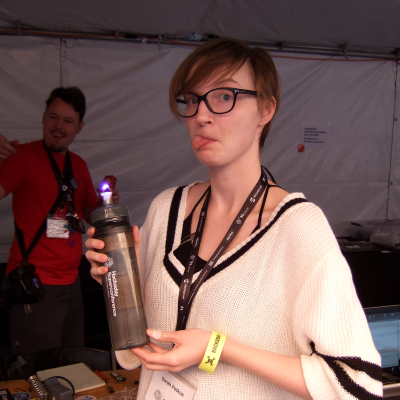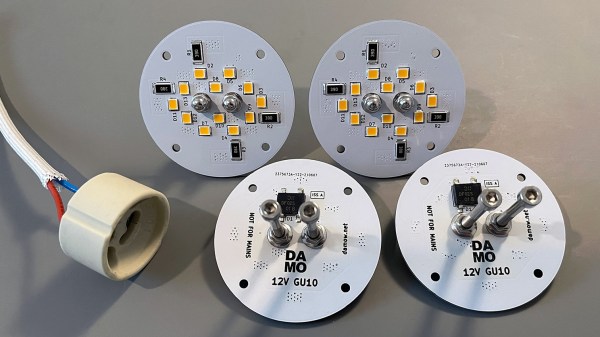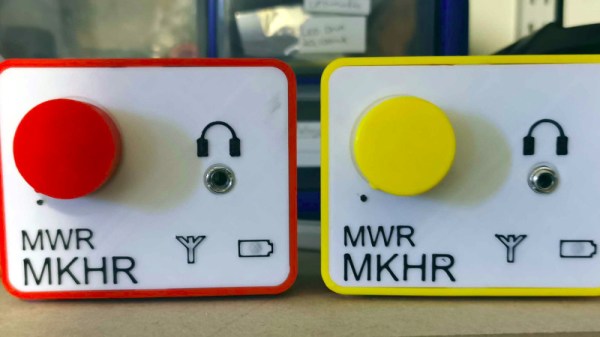
We might be biased, but Supercon is our favorite conference of the year. Smaller than most and hardware-focused, you really can’t beat the signal/noise ratio of the crowd in attendance and the talks on the stage. People bring their projects, their great ideas, and their big dreams with them. And we have a cool badge to boot. It’s Hackaday, but in real life. And you should join us!
The conference starts on Friday Nov. 4th with registration, a mellow afternoon of badge-hacking, and a party to kick things off right. Saturday and Sunday are the main show, with a hacker village in the alley, workshops aplenty, and of course all of the talks. It’s only a weekend, but it’s one you’ll keep going back to in your mind for the whole year.
The Nitty Gritty Details
One hundred (100) True-believer Tickets are on sale now for $128 apiece, or until Aug. 29th. We call them True-believer Tickets because we haven’t even finished the call for proposals yet, much less selected the talks, but trust us, it’s going to be a good slate. (In past years, the True-believer tickets have sold out in as little as a day, so don’t sleep on this!) After that, regular admission is $256.
Of course, there’s always a back door if you want to sneak in for free. In our opinion, the coolest way to attend a conference is to give a talk, and you’ll get a complimentary ticket to boot! And even if you don’t get selected, we’ll give everyone who submits a serious talk proposal a ticket at the discounted price, so don’t hesitate. Volunteers also get in free, and we’ll be putting out the call on Aug 29th.
No matter how you get yourself a ticket, get one, and get to Supercon. We’re excited to see you in person again!





















